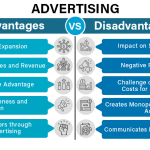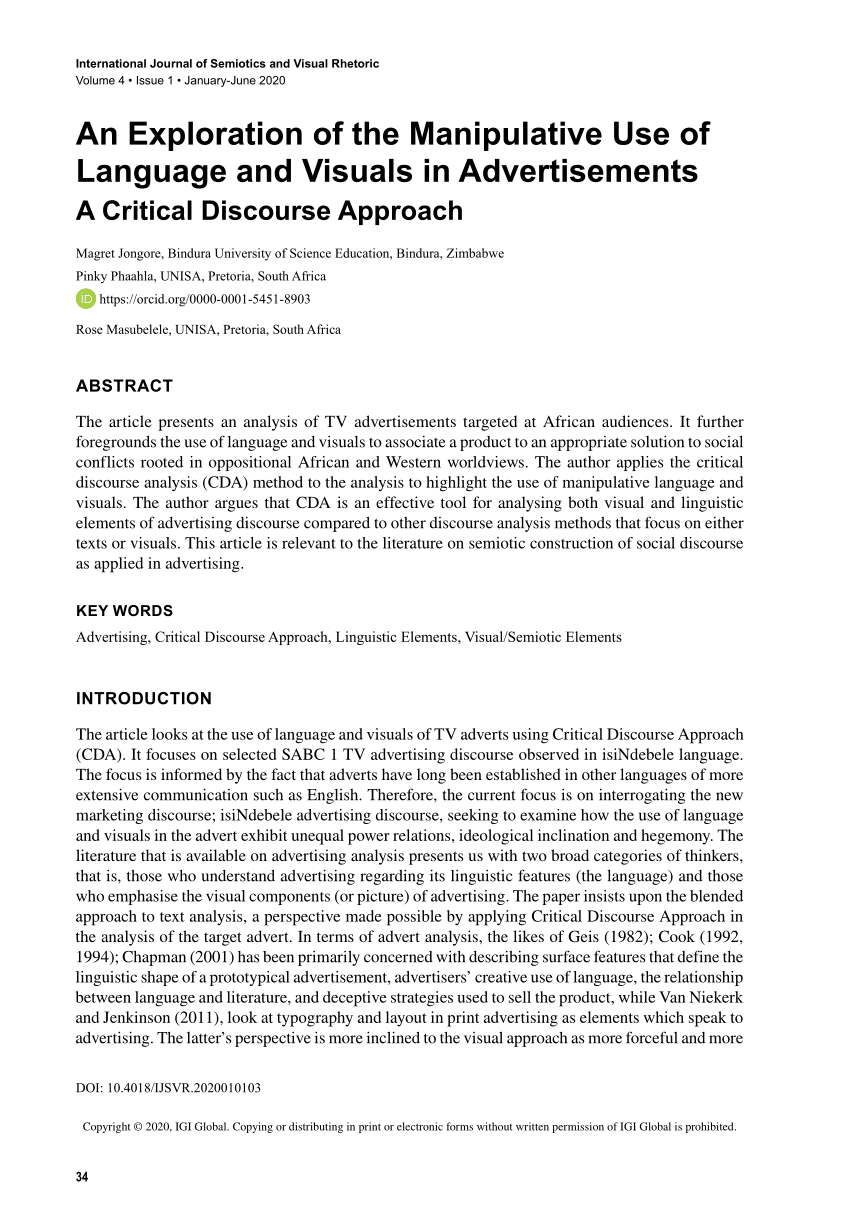Understanding the Language Used in Advertising
The complex language used in advertising is not random. It’s an insightful study composed of creative persuasion, psychology, and business strategy, all delicately framed within the parameters of language. Before delving deeper, it’s essential to understand the nature of this language, a strategic mix of clarity, appeal, and directness designed to connect with the target audience.
The Purpose of Language in Advertising
In advertising, the language serves to communicate the benefits of a product or service, stimulate interest, and convince prospective customers to make a purchase. Utilizing the right emojis, jargon, and slogans can help establish a connection with the audience and position the brand favorably. Hence, understanding the intricacies of advertising language can significantly improve the effectiveness of ad campaigns.
Elements of Effective Advertising
- Catchy headlines: The headlines should be enticing enough to grab the reader’s attention immediately. Crafting concise and catchy headlines is a crucial skill in advertising.
- Influential body text: The body text should communicate the product’s unique selling points, benefits, and reasons why the reader should purchase it. The language needs to be persuasive, yet clear and uncomplicated.
- Call to action (CTA): A powerful CTA pushes the readers to act in favor, be it clicking on a link, filling out a form, or making a purchase. The language in CTAs must be compelling and evoke a sense of urgency.
When used proficiently, the language of advertising can shape perceptions, influence consumer behavior, and drive sales. As such, both digital marketers and advertisers need to master this language to craft impactful advertisements.
Different Types of Language in Advertising
Understanding the Different Types of Language in Advertising is key to creating effective, engaging content that connects with your audience. The types of language used in advertising campaigns can greatly influence the outcome of these efforts, positioning your brand strategically in the minds of consumers.
Emotive Language
Emotive language is one of the common types used in advertising to provoke a certain feeling or response. This relies heavily on words that evoke emotions such as joy, excitement, or even fear. Phrases like «unforgettable experience» or «conquer your fears» are great examples of emotive language used in advertising.
 Exploring Different Types: Comprehensive Guide to What Types of Advertising Exist
Exploring Different Types: Comprehensive Guide to What Types of Advertising ExistPersuasive Language
Persuasive language, another popular type used in advertising, aims to convince consumers of the value or benefits of a product or service. It’s designed to encourage purchase decisions through compelling arguments. Statements such as «award-winning» and «limited time offer» typically fall under this category.
Descriptive Language
Descriptive language in advertising provides a detailed picture of the product or service, enhancing consumer understanding and appeal. It is especially effective when advertising food, fashion, or any product where detailed, visual appeal is key. Words that evoke rich, sensory experiences like «velvety» or «fragrant» are often employed in this type of advertising language.
Why is Specific Language Used in Advertising?
The use of specific language in advertising is a well-thought-out strategy employed by marketers worldwide. With the right choice of words, advertisers can not only communicate a simple message but also invoke emotions, influencing the audience’s views towards their product or service. Such is the power of language in advertising.
Creating a Connection with the Audience
Marketers often use specific language to create a connection with their target audience. A converse and inclusive tone of the language used can bridge the gap between the company and its consumers. For example, using terms like ‘we’ or ‘us’ makes the customers feel part of an exclusive community, boosting their loyalty towards the brand.
Driving a Call-to-Action
Another crucial aspect of the specific language used in advertising is its ability to invoke action. By using strong, compelling words and phrases, advertisers drive consumers to take action in favor of their brand, whether that’s purchasing a product, signing up for a service, or spreading word-of-mouth. Phrases like ‘Limited time offer’, ‘Buy now’ are impactful words that trigger impulsive behavior among consumers, thereby increasing conversions for businesses.
 Exploring Different Types: Comprehensive Guide to What Types of Advertising Exist
Exploring Different Types: Comprehensive Guide to What Types of Advertising Exist Tekashi’s Viral Act of Street Generacy: Unleashing Frenzy Amongst Followers
Tekashi’s Viral Act of Street Generacy: Unleashing Frenzy Amongst FollowersBuilding Brand Image
Language usage in advertising also plays a significant role in building a brand’s image. By maintaining consistency in the language tone across all advertising materials, businesses can establish a unique brand voice, fostering brand recall and recognition. The brand’s personality, whether fun, professional, or adventurous, can be effectively conveyed using the appropriate language.
Impact of Language Used in Effective Advertising Strategy
The influence of language in the advertising strategy cannot be overstated. Various strategy elements, such as wording, language style, and tone, play significant roles in shaping consumer perceptions and driving their purchasing decisions. The success of an entire advertising campaign can hinge heavily on these factors.
Power of Effective Wording
Effective wording directly impacts the customer’s perception and decision-making process. It’s a craft that involves selecting precise, convincing, and enticing language. For instance, using power words like ‘limited offer’, ‘guaranteed’, or ‘exclusive’ often triggers quick responses and can be highly effective in persuading potential customers.
Language Style and Tone in Advertising
The style and tone of language used have immense clout in establishing the brand’s image and voice. Effectively using a casual, formal, witty, or informational tone can connect with the targeted audience and generate more interaction. The tone should be relatable and in coherence with the intended demographic.
Importance of Localized Language
The localization and adaptation of language in advertising strategies also drastically influence its effectiveness. Using local idioms, phrases, or dialects can result in enhanced engagement and resonate more profoundly with the targeted audience. Integrating localized language amplifies the sense of familiarity and tends to form stronger bonds of trust with the audience.
 Exploring Different Types: Comprehensive Guide to What Types of Advertising Exist
Exploring Different Types: Comprehensive Guide to What Types of Advertising Exist Tekashi’s Viral Act of Street Generacy: Unleashing Frenzy Amongst Followers
Tekashi’s Viral Act of Street Generacy: Unleashing Frenzy Amongst Followers Uncovering the Controversy: What is the Problem with Tekashi 69?
Uncovering the Controversy: What is the Problem with Tekashi 69?Case Study: Success Due to Language Used in Advertising
The field of advertising continually proves the pivotal role of language in driving the success of marketing campaigns. A prominent case study shows just how crucial the right language can be. This particular campaign revolutionized conventional perception of advertising linguistics and bore phenomenal results.
Strategic Linguistic Choices
Despite being an often-overlooked aspect of branding, strategic language choice convinced consumers to engage, leading to a substantial increase in sales. With a simple adjustment in the tonality and verbiage of their ads, language became the backbone of this campaign’s triumph.
Innovative Campaign Execution
The campaign incorporated compelling storytelling and multisensory rhetoric, leveraging language’s emotive potential. This innovative approach addressed consumers on a personal level, showing them relatable content that appealed to their needs, wants, and values. The dividends realized through this campaign validated language’s utility as a persuasive tool in advertising.
Insights Gained
This case study highlights the significant impact of effective linguistic approaches in crafting advertisements that resonate with targeted audiences. It underscores the need for advertisers to invest in understanding the language dynamics that appeal to their potential customers. The end result would not only be a successful campaign but a strengthened brand reputation.
 Exploring Different Types: Comprehensive Guide to What Types of Advertising Exist
Exploring Different Types: Comprehensive Guide to What Types of Advertising Exist Tekashi’s Viral Act of Street Generacy: Unleashing Frenzy Amongst Followers
Tekashi’s Viral Act of Street Generacy: Unleashing Frenzy Amongst Followers Uncovering the Controversy: What is the Problem with Tekashi 69?
Uncovering the Controversy: What is the Problem with Tekashi 69? Exploring the Pros and Cons: Advantages and Disadvantages of Advertising
Exploring the Pros and Cons: Advantages and Disadvantages of Advertising